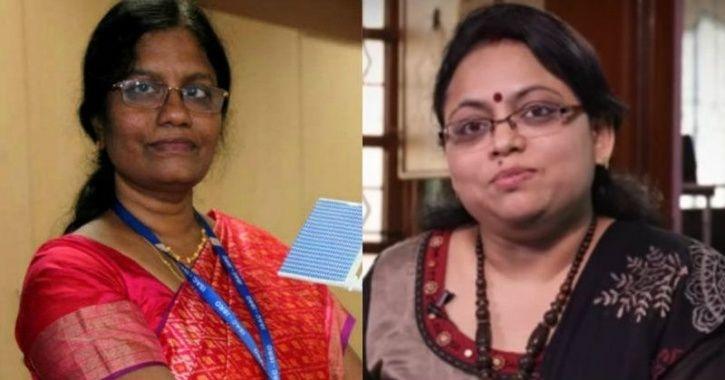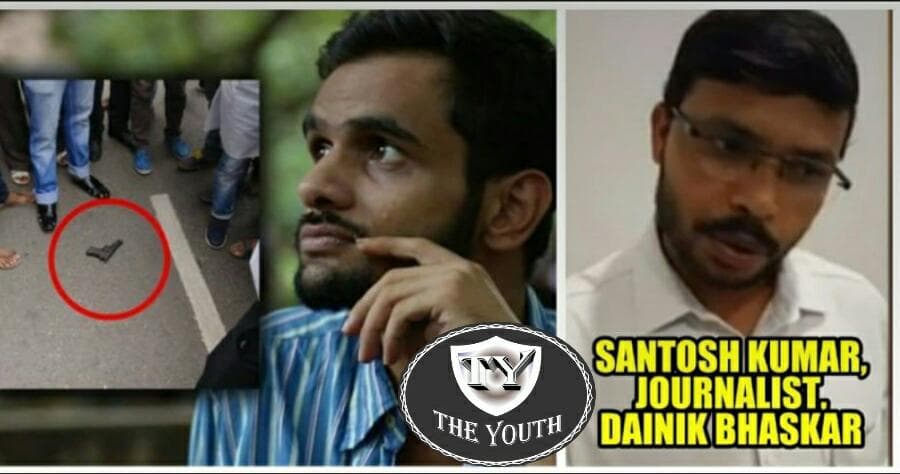No products in the cart.
These two women led India’s Moon Mission-2, The Youth Special coverage on them
ISRO chairman, K Sivan had earlier confirmed that the deep space mission will be led by two women as project and mission directors. “For Chandrayaan-2 mission, two women — Ritu Kridhal and M Vanitha — are leading as project and mission directors respectively,” said the ISRO Chairman.
The chairman, though, didn’t give the exact number of women scientists significantly contributing to the mission, he disclosed the percentage of women working to make the mission a massive success.

“We have about 30 per cent of women working in our organisation.” “The lander and the rover will have the tricolour painted on them. The Hindu Business Line reported
“The Ashoka Chakra will be imprinted on the rover’s wheels on one side and ISRO’s logo on the other.” Chairman S Sivan said earlier.
“On the whole, Chandrayaan-2 mission depicts the true spirit of indigenisation; about 620 companies, universities and laboratories will be playing a vital role in the mission,” he added.
“The mission will also expand the country’s footprint in space. Moon is the perfect test-bed for proving technologies required for future space exploration, as well as in-situ resource utilisation,” said Chairman K Sivan.
In a major breakthrough, Indian Space Research Organization (ISRO) has successfully launched Chandrayaan-II, which is the country’s second moon mission.
Muthayya Vanitha (Project Director – ISRO Chandrayaan 2)
Muthayya Vanitha has had a distinguished career within Indian Space Research Organisation in her 40s itself, and the recently-launched Chandrayaan 2 mission is one more feather in her cap. In addition to that, Vanitha has become the first woman project director at ISRO.
Initially not willing to take the responsibility of project director of Chandrayaan 2, Muthayya Vanitha finally came around after M Annadurai, the project director of Chandrayaan 1 convinced Vanitha to join the team as he knew that Vanitha was more than capable of doing a terrific job.
Muthayya Vanitha has a great reputation for being an electronics system engineer within ISRO. She has also been responsible for handling data operations for India’s remote sensing satellites, and she is highly regarded for her problem-solving skills. In fact, she has been tasked with handling Chandrayaan 2 from launch till successful landing on moon’s surface in September.
Muthayya Vanitha, in the past, has won Best Woman Scientist Award of the Astronautical Society of India in the year 2006. She also played an important role in the launch and success of Mangalyaan in November 2013.
Ritu Karidhal (Mission Director – ISRO Chandrayaan)
Ritu Karidhal is famously called as the “Rocket Woman” of India, as she played an important role as the deputy operations director for Mangalyaan in 2013-2014.
She now holds the responsibility of Chandrayaan 2’s mission director. She is working closely with Muthayya Vanitha throughout the Chandrayaan 2 mission.
Interestingly, it was Ritu who designed Chandrayaan 2’s onward autonomy system, which gives the spacecraft the chance to navigate its trajectory and react to satellite with a relative degree of independence.
Ritu Karidhal has a Master’s degree in Aerospace Engineering from IISC, Bengaluru, and has previously received the ISRO Team Award for Mars Orbiter Mission including the ISRO Young Scientist Award from former President APJ Abdul Kalam in the year 2007.
Chandrayaan-II mission was launched onboard by the Indian space agency ISRO on its most powerful launcher GSLV-Mk III, from Satish Dhawan Space Centre in Andhra Pradesh’s Sriharikota at 2:43 PM on Monday.
India became the fourth country to launch a mission after the US, Russia, and China that would land on the moon and the very first country to land on and explore its south pole region, Chandrayaan-2, was called off from launch just 56 minutes before its scheduled liftoff on July 15 because of a technical snag in the GSLV Mark-III rocket launcher.
In fact, this is India’s second trip to the moon and the first probe, Chandrayaan 1, that was launched in October 2008, made India the first country in the world to complete a successful moon landing in the maiden attempt.
The Chandrayaan 1 was so significant as it discovered water on the moon’s surface, and with the second launch, India now aims to take its mission to a whole new level by landing its probe on a far side of the moon.












